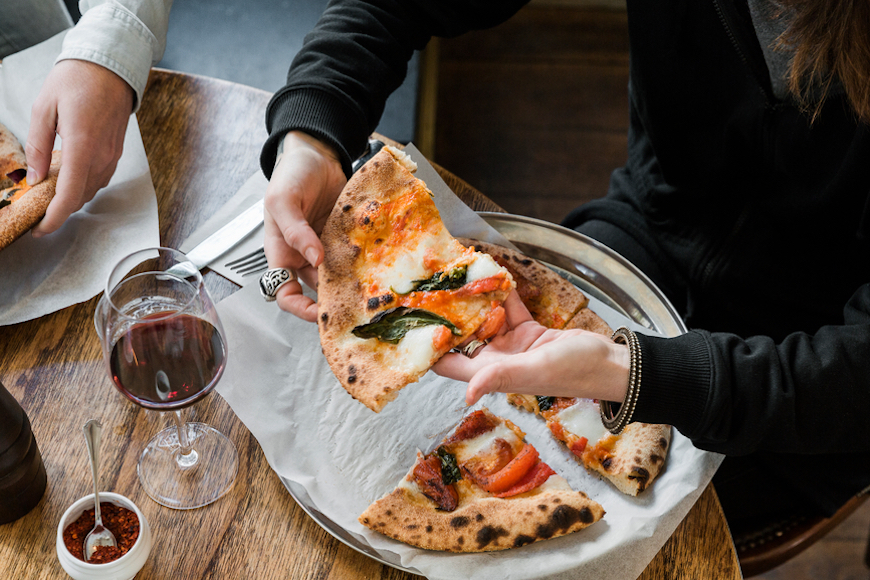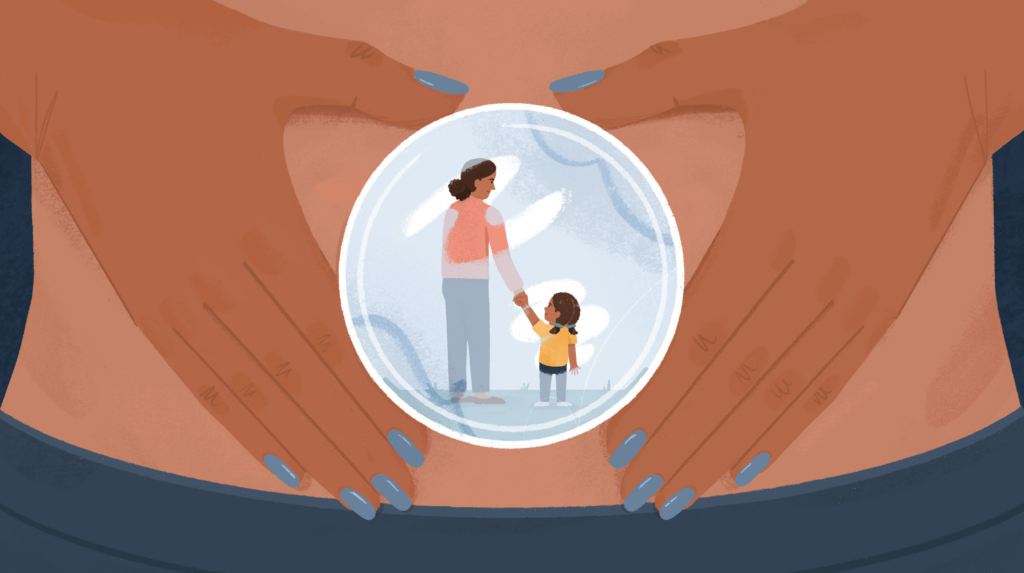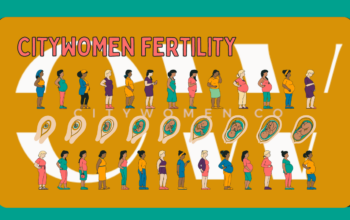
January 20, 2020 at 08:00PM by CWC
A lot of people think that healthy eating is entirely about what you put on your plate. People get fixated on macros, probiotics, the merits of certain micronutrients, and avoiding things like GMOs and non-organic produce. But one of the most important components of healthy eating isn’t what does or doesn’t go on your fork—it’s having a healthy relationship with food.
A lot of people have a complicated relationship with food, in part because of the very language we use to talk about how we eat. Many foods come with an inherent “good” or “bad” association shaped by our own experiences and the expectations of society—like calling chips and desserts junk food (a “bad”) versus other particularly nutrient-dense foods being labeled superfoods (a “good).
This might not seem like a big deal, but that language can impact how we feel about ourselves for eating or even wanting to eat certain foods. “A lot of people transfer these labels onto their own self-worth; if I eat ‘good’ food, I am good. If I eat ‘bad’ food, I am bad,” says Camille Williams, MA, LCPC, the eating disorder program coordinator at treatment center Timberline Knolls.
This kind of black-and-white thinking can create shame and guilt—which in turn affects how and what you eat. “Categorizing foods as ‘good’ or ‘bad’ can cause some mental restriction, where we feel badly after eating ‘bad foods’ and then tell ourselves we’ll never eat that way again,” Alissa Rumsey, MS, RD, a certified intuitive eating counselor and owner of Alissa Rumsey Nutrition and Wellness, previously told Well+Good. It can create a cycle where you restrict food, binge on those foods, feel guilty about it, then work to restrict again. It’s unhealthy for physical and mental health—and can potentially lead to disordered eating patterns.
ADVERTISEMENT
ADVERTISEMENTKate Spade Autumn/Winter Sale |
The reality, of course, is that having a donut or a bowl of mac and cheese or any one kind of food at any single point of your life doesn’t make you a bad person—or even an unhealthy person. But untangling a negative relationship with food is challenging and takes time. Williams and Rumsey share the ways to start reframing your relationship with your food to be healthier, happier, and guilt-free.
Start with a food journal
“The first step is really recognizing what your thoughts toward food are and how they are affecting you,” Williams says. “Instead of viewing food as ‘good’ or ‘bad,’ remind yourself that they are neutral, which is key for overcoming the shame some feel when eating certain foods.”
Naturally, this is easier said than done. Many of us have years of complex relationships with food to unpack—like being taught to have to “earn” desserts, or that certain less-nutritious ingredients are outright “poison,” or that deviating from your regular eating plan is “cheating.” These thoughts can be so second-nature that it can be hard to even know you’re thinking them.
Rumsey says a good place to start is with an intuitive eating journal. “This is different from a ‘food log,’ which tracks calories or different macronutrients,” she says—a practice she generally advises against. “Instead, it’s simply a place where you write down what you ate and how it made you feel.” So if you had vegetable pasta for dinner with a glass of wine, write down what you ate, how your body felt after eating it, and what went through your mind before, during, and after eating.
Curious about intuitive eating? Here’s what a top dietitian has to say about the anti-diet lifestyle:
This might seem like a lot of work. But keeping a journal like this, Rumsey says, serves as a tool that lets you see on the page what kinds of messages you’re telling yourself about your food. “Sometimes, someone is so used to negative self talk because they’ve been doing it for years, and you really can’t fix a mindset that you don’t know exists,” Rumsey says. When you write down your thoughts, you’re able to see in black and white what you’re telling yourself about your food.
Retrain your thoughts about food
Now that you know in concrete terms what your internal messaging is, it’s time to reframe those messages. This is not something that happens overnight; Rumsey says that when you’re used to judging yourself after eating certain foods, a change probably won’t be instantaneous. But there are a few strategies and exercises that they recommend to help you get started.
During meals, Williams suggests actively reminding yourself of the ways your food is specifically benefitting you in that moment. “Think about how whatever it is you’re eating is going to give you the energy to do what you love in the world and help others,” Williams suggests. No, spaghetti carbonara isn’t a health food per se—but eating it certainly gives you a warming, filling meal with lots of easily-accessible carbohydrate energy to power you through the next few hours. Or maybe it satisfies a more emotional need—like it being something your grandma used to cook when you were a kid, or it being your favorite food on the planet. Reminding yourself of these kinds of benefits can help take a food or a meal from a strictly negative place into one that’s more positive.
“While some foods may be healthier than others, all food has value.” —Camille Williams, LCPC
It can also help to focus on the moment beyond just what’s on your plate. She encourages everyone to really savor the taste of what they’re eating and the company they’re with. Williams points out that often people with an unhealthy relationship with food forget the pure joy a delicious dessert or meal with friends can bring; food doesn’t just provide nutrients, it can also bring a moment of happiness. And that’s completely valid, despite what the negative voice in the back in your mind would have you believe.
After a meal, if you feel regret or guilt, Rumsey says to check in with that emotion before you spiral. “Make an observation instead of a judgement,” she says. “If you’re feeling guilty about mindlessly eating a bunch of cookies, instead of feeling shame, think about why you did it. Maybe you didn’t eat a lot at lunch so it made sense that you were hungry later or you were stressed out. Or, maybe you really wanted those cookies and fully enjoyed them in the moment—and that’s okay. When you do this, you can start to notice patterns and this is more helpful than sitting there and judging yourself.”
ADVERTISEMENT
ADVERTISEMENTSports Direct Free Delivery on All Orders! |
Rumsey also recommends practicing gratitude, ruminating on three things every day that you’re thankful for. Getting into this habit will replace feelings of restriction and shame with ones of abundance, grace, and gratefulness.
Getting more help
If putting these practices into place doesn’t seem to be helping after a few weeks of trying, consider seeing a therapist who specializes in disordered eating who can offer professional guidance. The negative messages our culture sends about food are powerful and can be hard to drown out on your own. But consciously transforming your thoughts can help—and you certainly don’t have to do it alone. Over time, you’ll be able to view food for what it really is: something to be enjoyed to its fullest.
“While some foods may be healthier than others, all food has value,” Williams says. Isn’t that the damn truth.
If you’re heard about intuitive eating but aren’t quite sure what it means, here’s an explanation. And here’s some tips on how to put it into practice.
Author Emily Laurence | Well and Good
Selected by CWC

ADVERTISEMENT
ADVERTISEMENTUp to 30% off Gift Sets |







